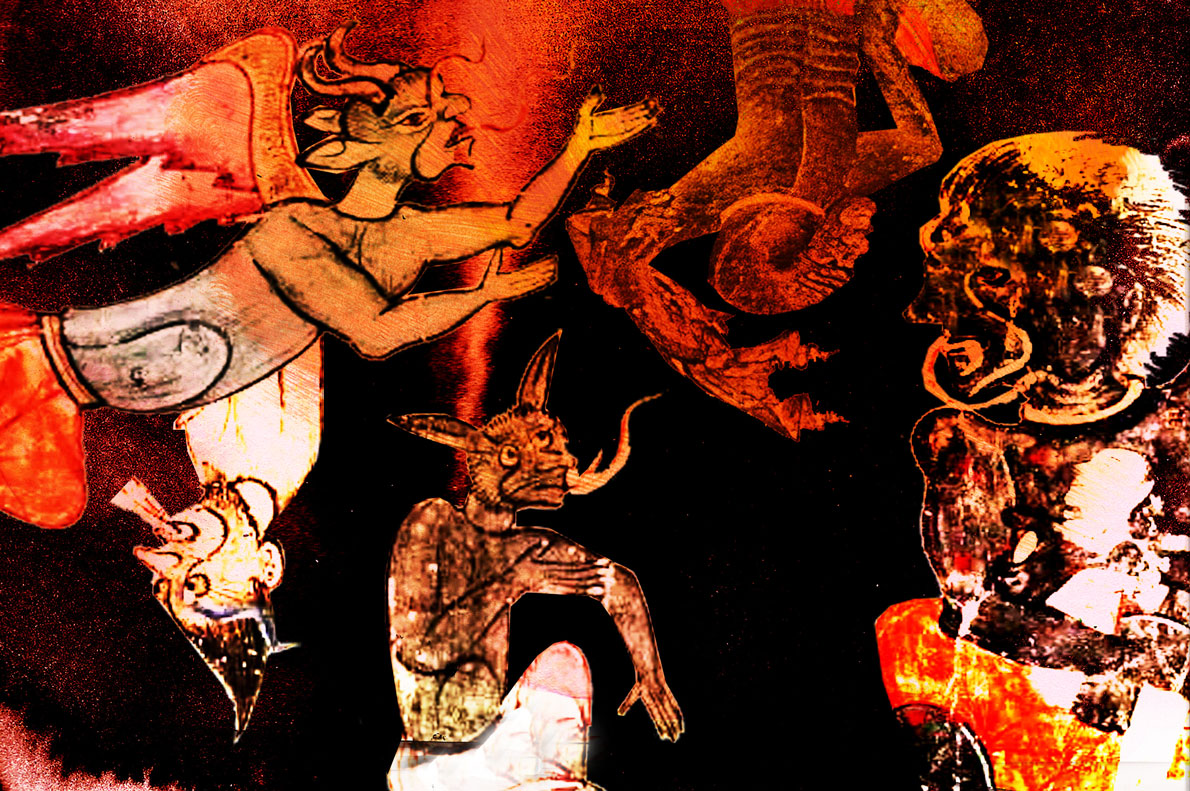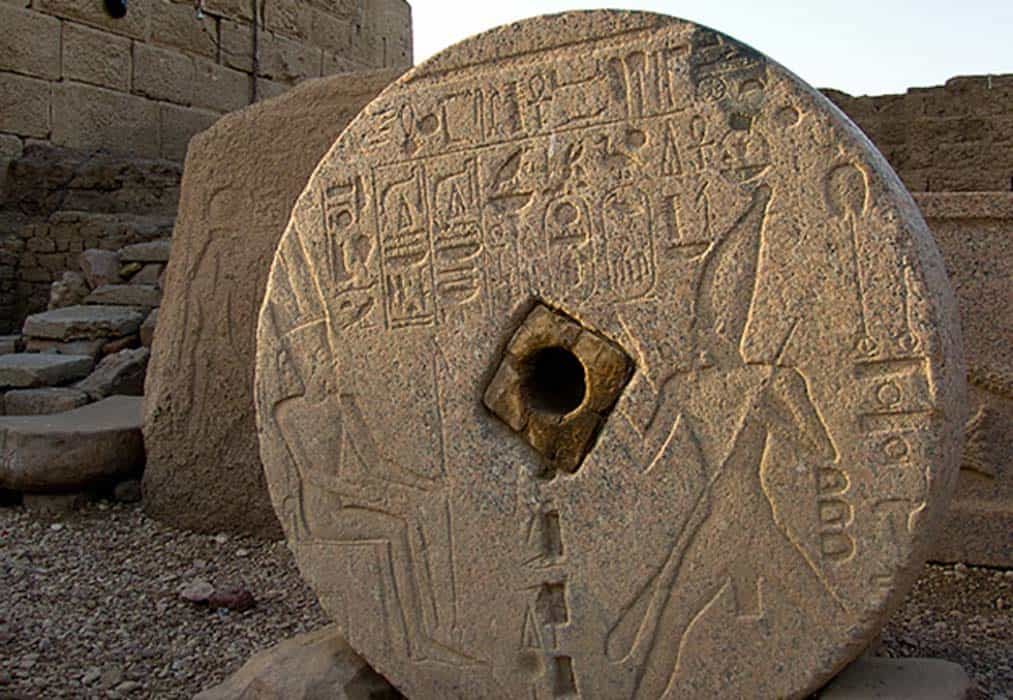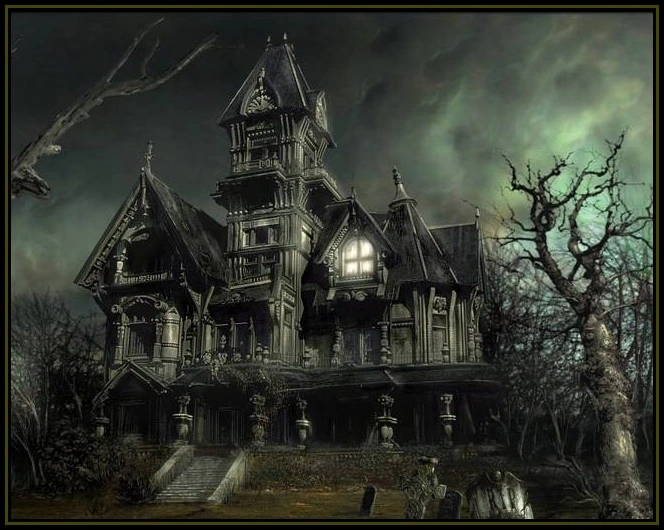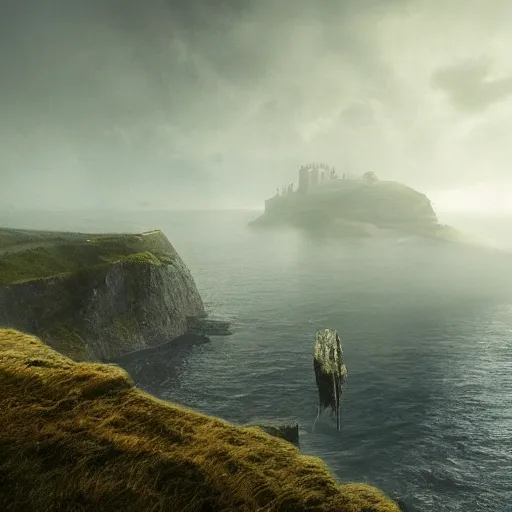oneli.org – Throughout history, cultures around the world have woven tales of malevolent entities that roam the earth, causing chaos and misfortune. These beings, often referred to as demons or djinn, have been a staple in folklore, mythology, and religious texts. This article delves into the global compendium of these evil spirits, exploring their origins, characteristics, and the various ways they have been depicted across different cultures.
The Origins of Demons and Djinn
Demons and djinn are ancient concepts, with their roots stretching back to the earliest recorded human civilizations. The term “demon” originates from the Greek word “daimon,” which could refer to a spirit of any kind, not necessarily evil. However, over time, the connotation shifted to that of a malevolent entity. In contrast, “djinn” or “jinn” comes from Islamic mythology, where they are believed to be made of smokeless fire and possess free will, much like humans.
Demons in Western Tradition
In Western tradition, demons are often depicted as fallen angels, cast out of heaven for rebelling against God. The Christian Bible, particularly the New Testament, is replete with stories of Jesus casting out demons from the possessed. These entities are seen as agents of Satan, seeking to corrupt and lead humanity astray.
Djinn in Islamic Culture
Islamic lore describes djinn as powerful beings capable of interacting with the human world. They can be either good or evil, with the evil djinn causing mischief and harm to humans. The Quran mentions djinn and advises believers to seek refuge in God from their mischief. Popular culture has often depicted djinn as genies, granting wishes, but this is a simplified and often misunderstood interpretation of their complex nature.
Demons and Djinn in Other Cultures
Beyond the Abrahamic traditions, demons and djinn-like entities are found in virtually every culture. In Japan, for example, the oni are demons or trolls that are often depicted with horns and carrying iron clubs. In Hindu mythology, asuras are powerful beings with demonic traits, often at odds with the devas, or gods.
The Characteristics of Demons and Djinn
Despite their diverse origins, demons and djinn share some common characteristics. They are often invisible to the human eye, capable of possessing individuals, and can be summoned or banished through various rituals. Their motivations vary, from causing harm for the sake of it to seeking revenge or fulfilling their own desires.
The Influence of Demons and Djinn on Society
The belief in demons and djinn has had a profound impact on societies, influencing everything from religious practices to art and literature. Exorcisms and protective amulets are just a few examples of how people have sought to protect themselves from these malevolent spirits.
Conclusion
Demons and djinn represent the darker aspects of human belief systems, embodying our fears and the unknown. While they may be considered mere myths by some, for others, they are a very real part of the spiritual world. Regardless of one’s belief, these entities continue to captivate the human imagination, serving as a reminder of the complex relationship between the seen and the unseen.



